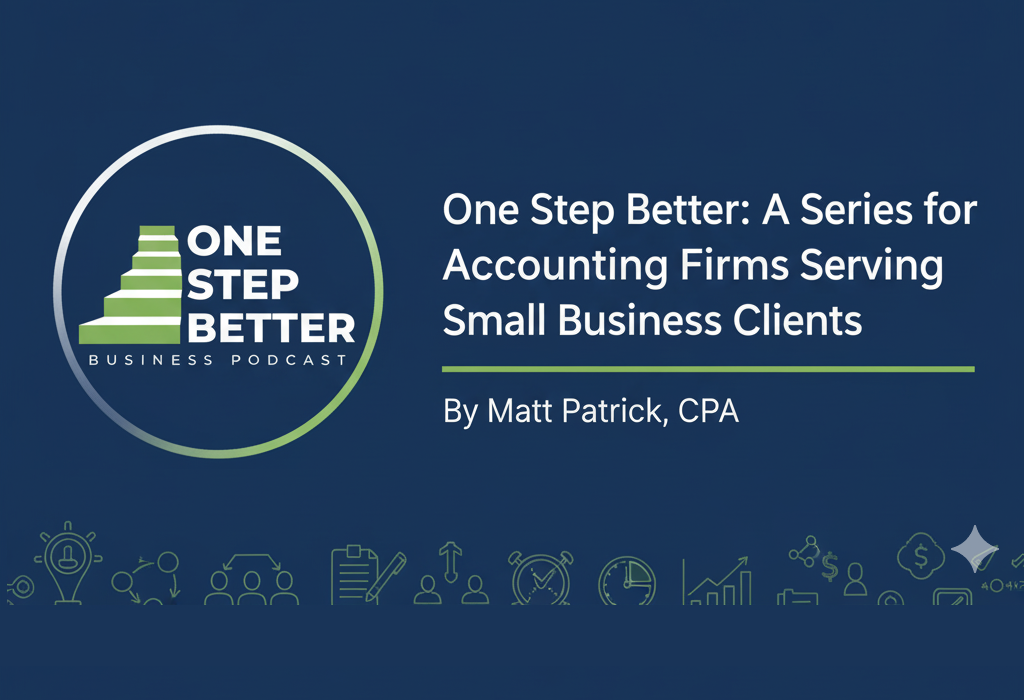More accounting firms are changing the way they value their services. For those firms, the shift to value pricing is here, yet we still talk to many firms who are either unconvinced or unsure of how to implement it.
Value pricing is a way of billing a client for services provided based on the value of the service (or advice) instead of the number of hours spent. Consider one of your clients calls for tax advice on how to structure a real estate transaction. In a 20-minute phone call, you provide guidance that saves the company $40,000 in taxes that year. Is that advice only worth one-third of your hourly billing rate? I believe even the client would agree it’s worth much more. How much more? That’s the question many firms struggle with. But we’ve identified five keys to success in value pricing.
Menu of services
Many firms hesitate to make the leap from billing by the hour to value pricing because they are worried about pricing their services effectively. But chances are you already have the information needed to get started.
Start with your current client base. Say you have a client for which you provide monthly accounting services and prepare tax returns for an S corporation and two owners. Between the monthly write-ups and three tax returns, this client pays your firm $10,000 per year. But this client is also not taking advantage of many additional services that your firm offers and would benefit them greatly. What services could you add (i.e., payroll, benchmarking, business advisory, strategic planning, succession planning, etc.) to take them to a higher level? What services could you subtract to bring them to a lower level? Going through this exercise will help you develop a menu of services and give you an idea of how to price them.
Better client conversations
Once you’ve developed your menu, it’s time to have a discussion with your clients about the scope of services. With hourly billing, you may have waited until the project was done, calculated the hours multiplied by dollars, and then invoiced the client. But value pricing requires upfront conversations to determine exactly what is and is not included.
Sit down with your client and go through your menu of services. Your clients will tell you what they need and want. The client that is currently paying you $10,000 per year for a monthly write-up and tax returns may realize that what they really want is not just a financial statement and tax return. They want their advisor to help them make decisions for the future, that $10,000 client suddenly jumps to $15,000, $20,000 or more.
After one year, you can review the menu of services and pricing to decide whether the cost of providing those services was reasonable and make adjustments for next year.
Fixed price agreements and engagement letters
Your firm should already have engagement letters that outline what happens when the firm and the client have a dispute. This is separate from a fixed price agreement. The FPA simply spells out what services the firm will provide and the price the client will pay for such services. One FPA can cover multiple engagement letters. You just need to remove all references to hourly rates in your engagement letter. Where the engagement letter mentions price, refer back to the FPA. For example, it might say, “The price for this services as agreed to in our fixed price agreement dated November 1, 20XX.”
Change order clauses
What happens if a client agrees on a menu of services and fixed price, but then acquires another business or needs more services? Your fixed price agreement should include a change order clause, so when that happens, you can adjust your fee accordingly.
You will need to train your staff to identify scope creep early in a project. This requires a change in mindset if your firm has traditionally relied on hourly billing. However, if change orders become the norm, they can become a great tool, allowing you to cross-sell more services to your clients.
Confidence and courage
Any type of change in a firm requires confidence and courage, but perhaps none more so than changing the way you price your services. Having a practical and steady strategy for valuing your services will create confidence. As a leader in your firm, you are being watched closely by your clients and your staff. If your words and actions display an attitude of confidence in the value you provide, your team and clients will feel it, too. Remember, time is not a measure of value, and in most cases, your clients will be happier with the change because they will know what their costs will be and won’t be surprised by invoices.
Value pricing is about putting yourself in the client’s shoes and understanding the value you and your skills bring to them. Rates multiplied by hours doesn’t fit with higher-level advisory and consulting services where the value is based on client perceptions rather than the amount of time or effort they take to perform. As your firm and the profession undergo a transformation, knowing the value of the services you provide is key. Your mindset must change to truly create services that your clients want and value rather than those they have to have.
Thanks for reading CPA Practice Advisor!
Subscribe Already registered? Log In
Need more information? Read the FAQs




